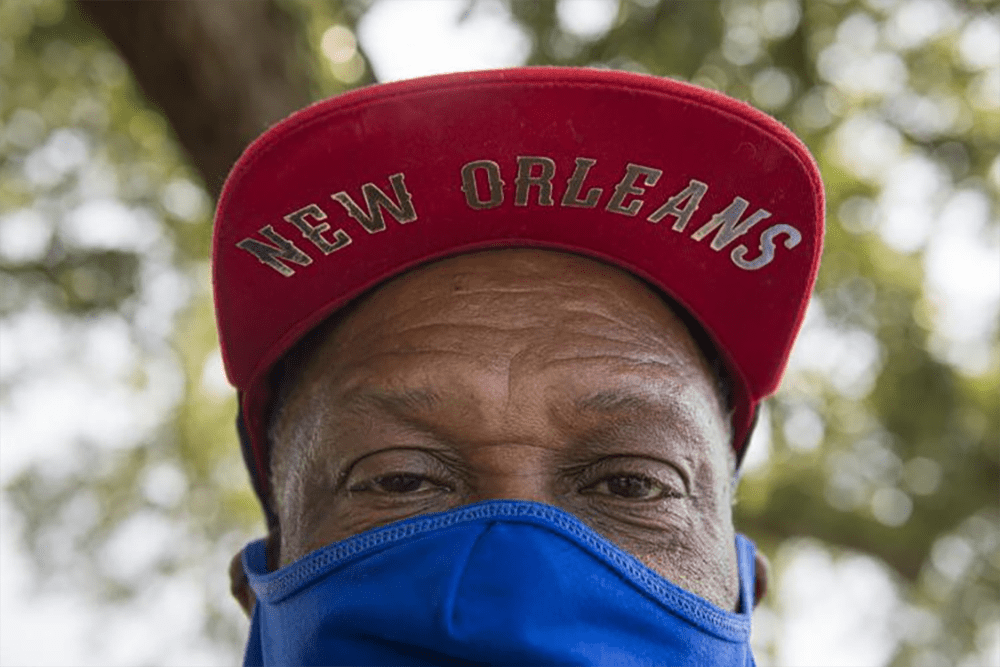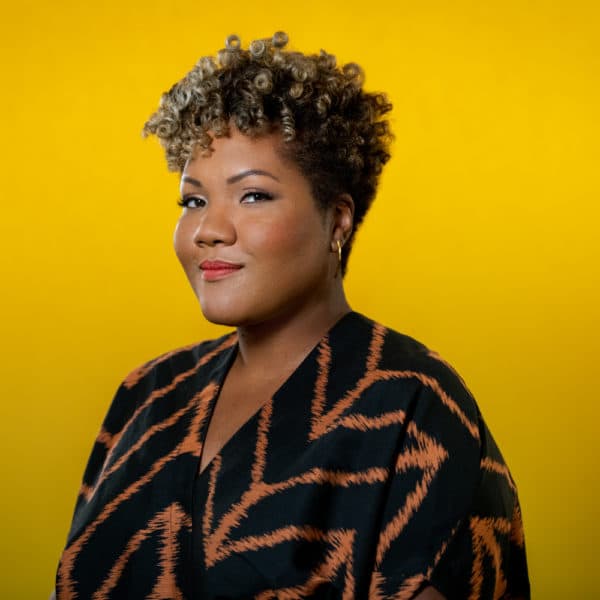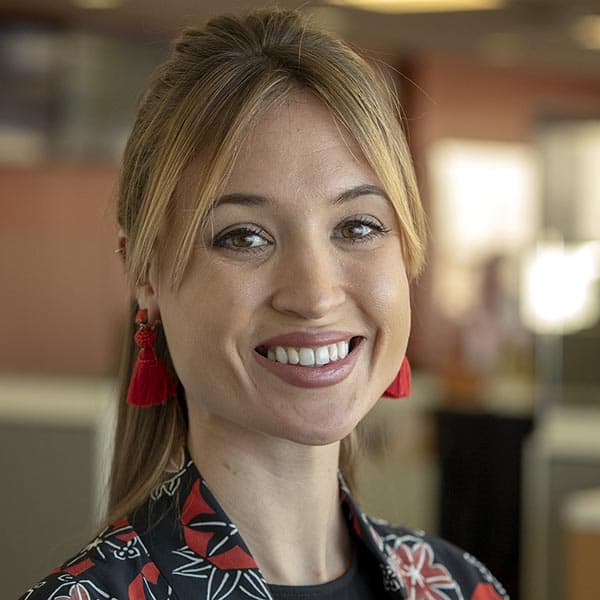Advertisement
On 15th Anniversary Of Katrina, Lower 9th Ward Resident Calls On New Orleans Diaspora To Come Home
Resume
Each year, a group of Hurricane Katrina survivors gather in New Orleans’ Lower 9th Ward near the place where the levees blew 15 years ago this week.
They read the names of the lives lost in the storm — more than 1,800 — and share their own stories about the day that would alter their futures forever.
Robert Green Sr. is there every year, too. Except for the period he lived in Tennessee following the storm, he’s been a resident of the Lower 9th Ward since he was 12 years old. He describes it before Katrina as a vibrant, family-oriented, “landlocked” community.
“What that means is we had no room for improvement,” Green explains. “We had schools, we had churches … and it was 99% Black-owned.”
When the evacuation order for Katrina went out on Aug. 28, 2005, Green piled his family in the car set out for Tennessee. They never arrived. As they were leaving the city, Green realized his mother, Joyce, was too sick to travel. She had a heart condition and Parkinson’s disease. They changed course for the Superdome, where thousands of people were lining up to seek refuge, but they were turned away because Joyce was too ill. So they returned the only shelter available: her home at 1826 Tennessee St. back in the Lower 9th Ward.
They weren’t scared at the time, Green says, because they had been through hurricanes before.
“We had been through Betsy, we had been through Camille … We expected to have some trees fall … some roof shingles blown off,” he says. “But we never expected to face 25 feet of water and actually have to get into the attic, then get onto the roof of the house and float away.”
With Green and his family clinging to the roof, the house lifted off its foundation and was swept down the street, eventually coming to rest against an old oak tree. As the wind howled and the waters continued to rise, Green and his brother lept from roof to roof, carrying their family with them. But as they were battling the storm, one of Green’s grandchildren, 3-year-old Shanai, went under. Then his mother — an unfathomable loss.
But for Green, the 15th Annual Katrina March & Secondline on Saturday isn’t about dwelling on the trauma.
“There won’t be any crying,” he says of the event tomorrow. “There won’t be any woo-in.”
Instead, Green says, with real, honeyed-joy rising in his voice, the commemoration event is a celebration of life.
“Although Katrina took a lot from us,” Green says, “it also showed us the value of family… it also showed us the value of help.”
Both of these values inform this year’s theme: calling on the people to come home. It’s a nod to the thousands of volunteers who helped rebuild the city, Green says, as well as a call to the great New Orleans diaspora of loved ones who left following the storm.
In 2018, there were 391,000 people living in the city of New Orleans, about 80% of its pre-storm population. But the racial makeup of the Crescent City has changed significantly. According to U.S. Census estimates from 2019, there are nearly 93,000 fewer Black New Orleanians living in Orleans Parish compared to before the storm. In comparison, there are about 8,000 fewer white people.
Green says he wants the New Orleans diaspora to “realize there is something more here than at the time Katrina hit … they can come back … and they can have a good life as well.”
The call to come home, Green says, isn’t just limited to the ones who left.
“We need other families to help us replenish our community,” he says of the Lower 9th Ward, still his home through it all.
On Saturday, though, Green says he’ll dance in the streets with with his family, all of them clad in “their ‘Rooftop Riders’ t-shirts, from the lil’ babies, to my grandaughters that are in college, to my sons, to my children, to my neighbors, to my community …. we’ll be singing our songs and we’ll be enjoying life — because life goes on.”
You can catch them tomorrow from 11-5 CT via livestream here.
This segment aired on August 28, 2020.

